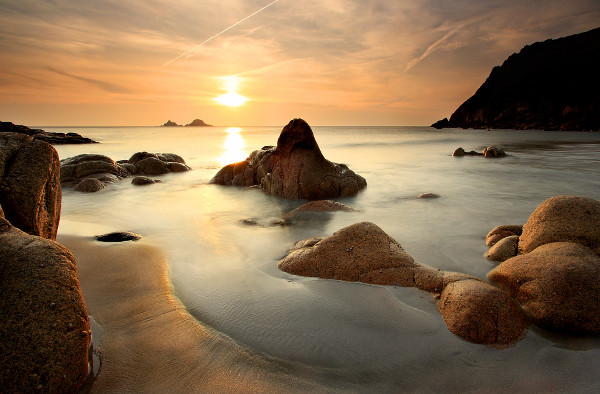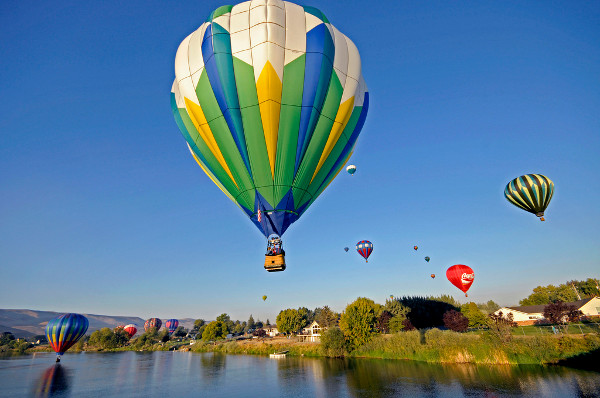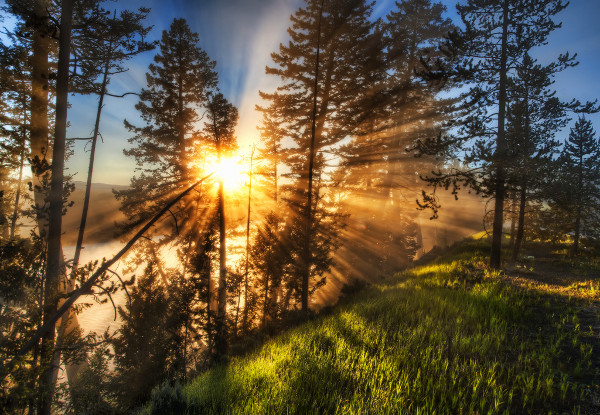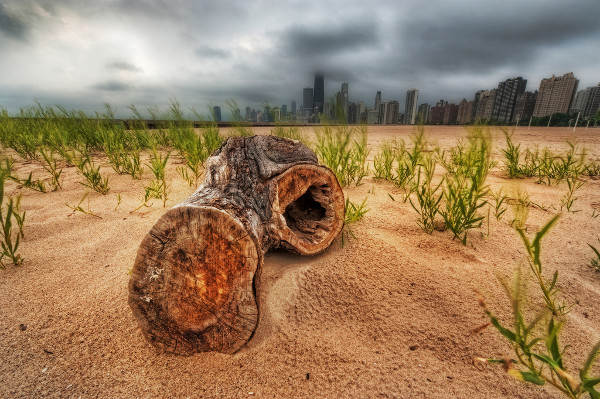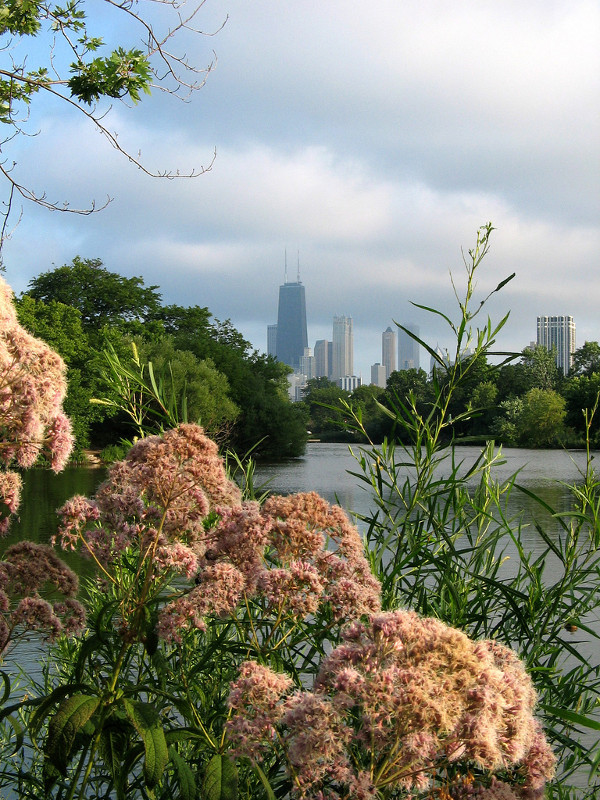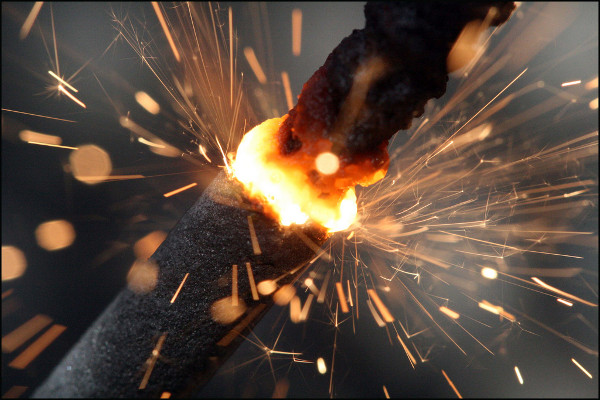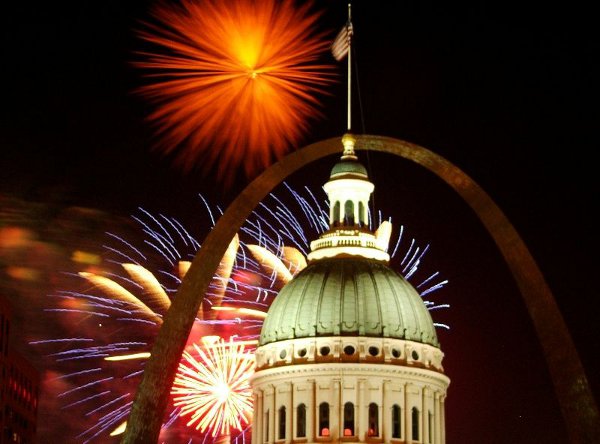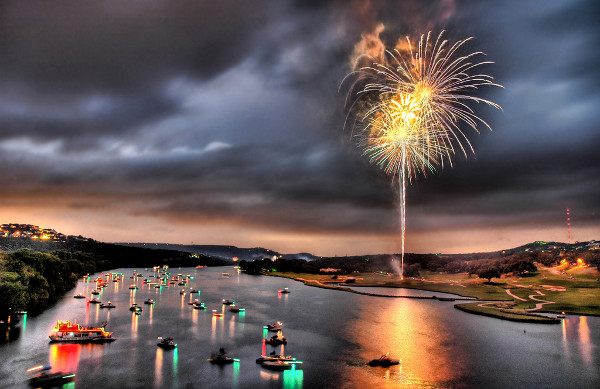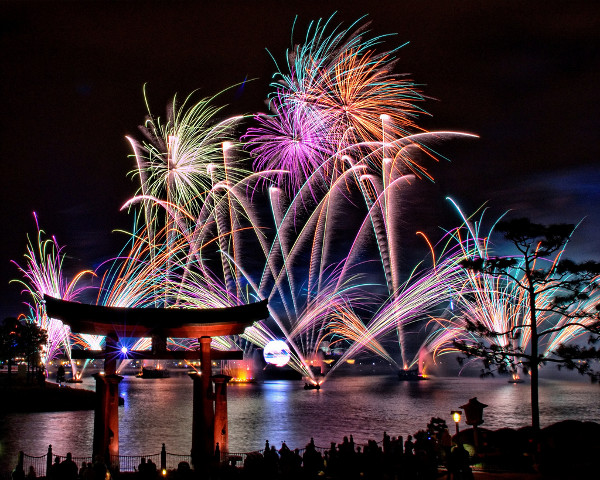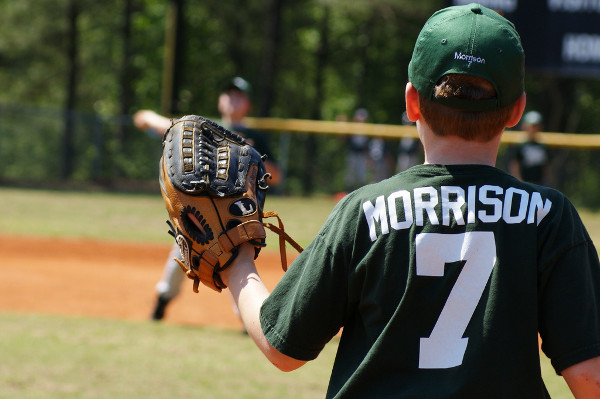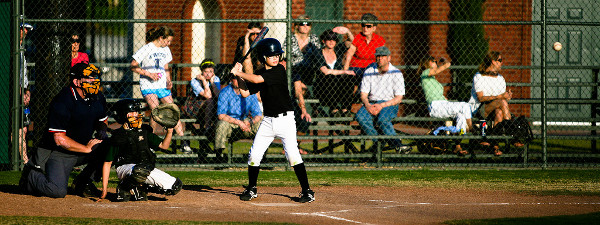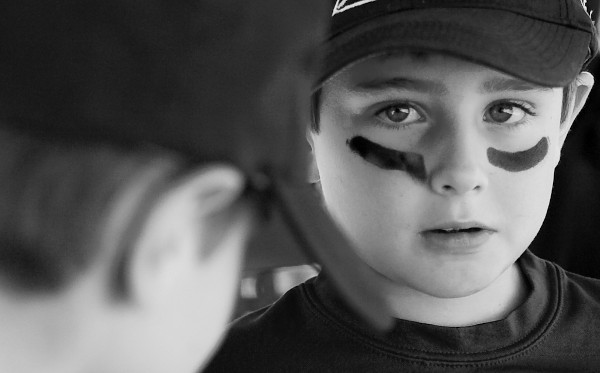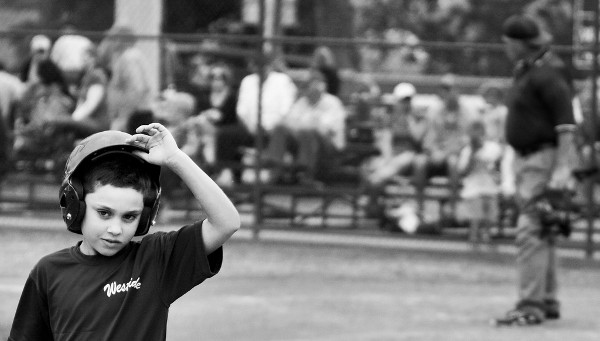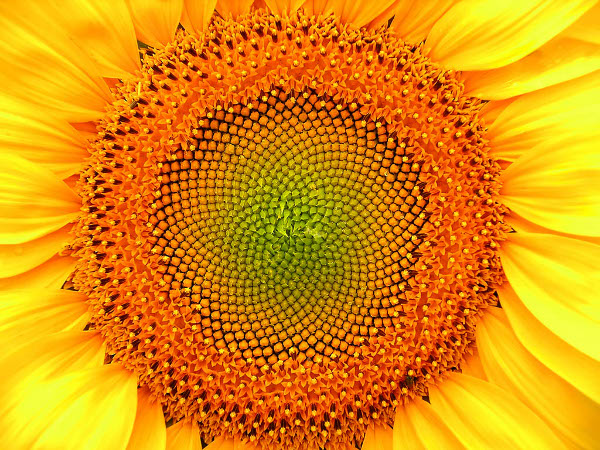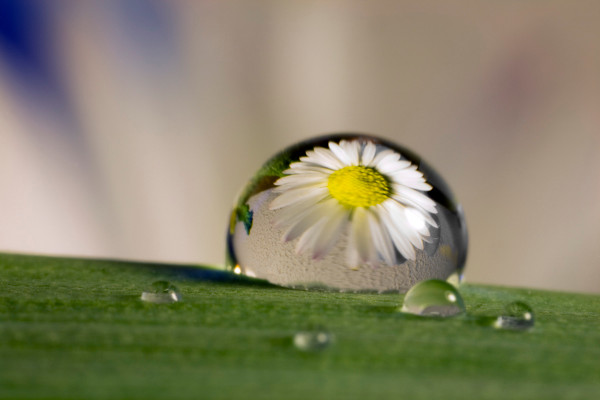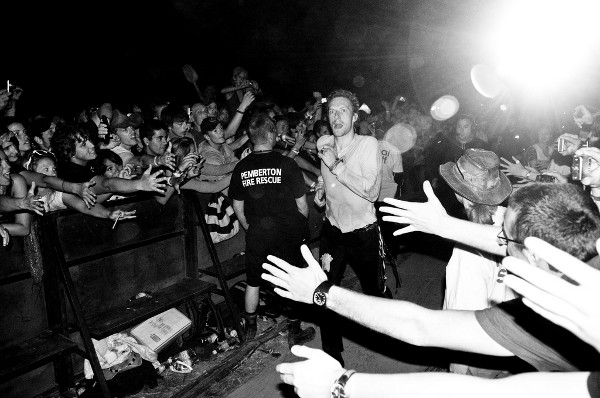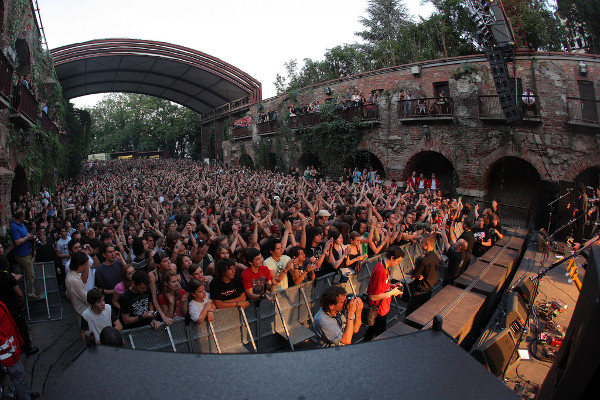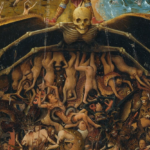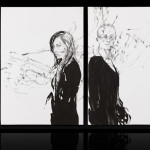View in gallery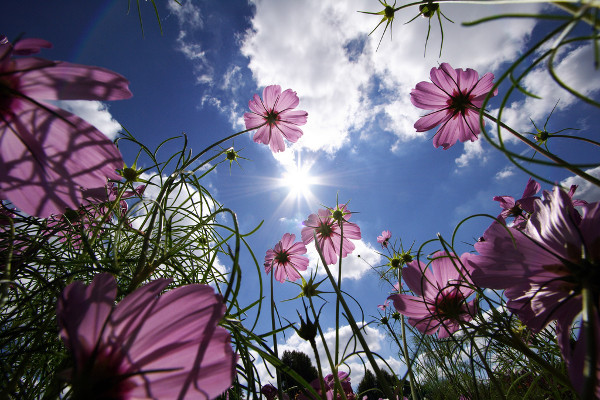
From the flowers on the ground to the fireworks in the sky, the best moments of the summer are as fleeting as they are bright, colorful and joyful. If you don’t know how to properly capture them with your camera, you might miss them altogether. With the right techniques and the right equipment, you can keep your great summer memories, not just make them. Join us as we explore the tips and tools necessary to nail five summer moments with the perfect photo.
How to Nail Outdoor Concert Photography
View in gallery
Your standard summer music festival is amongst the highlights of the season, when the greatest touring acts of the moment are celebrated on stage and outdoors. Photographing these moments can be a challenge, but an adventurous photographer can nail a great photo with the right access and the right equipment. The difficulty with the outdoor concert is the lack of control over lighting. At night and from a distance, a photographer must rely primarily on stage lighting, which can be a bit too hot or “high key” for comfort. If you want to capture a great photo, you’re going to want to fight your way toward the stage and position yourself appropriately. Once you’ve established yourself, set your camera to under-expose your shot by -1 or -2, which should reduce the heat of the stage lights and bring out the detail of your subject.
Even if you’ve worked into a good position, you’re still likely to need a telephoto lens… which means you’ll need to be using a DSLR camera. If you’re lens shopping, look for something higher than 100mm, preferably up to 300mm. This will give you plenty of range when framing your shot, and the ability to take a photo like the one above from a decent distance. This concert will only happen once, and you can make it a permanent memory if you’re armed with the right gear and the proper education.
Outdoor Concert Photography Gallery
View in gallery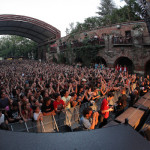 View in gallery
View in gallery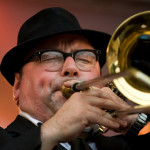
View in gallery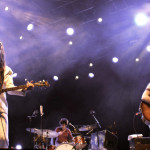 View in gallery
View in gallery View in gallery
View in gallery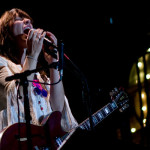
[image credits: ianivarienna, n-r-t, matthewfield, haagsuitburo, rasmin]
How to Nail Flower Photography
View in gallery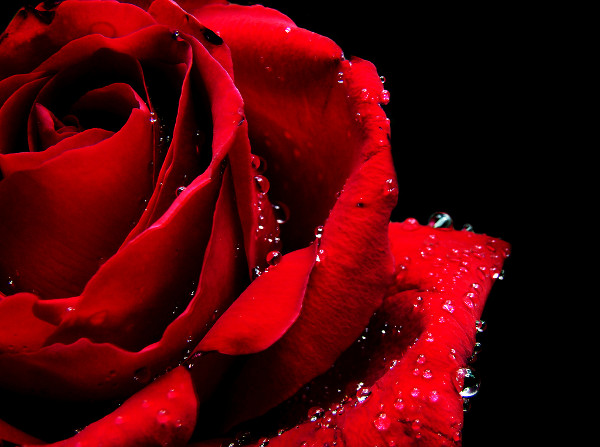
In the warmer months, the flowers bloom early and their petals don’t last. There is a short window for photographers to nail the perfect photo of a flower in bloom, so time is of the essence. The most important consideration when photographing flowers is on equipment first and foremost. To capture that luscious rose above, a photographer would need a wide-angle or macro lens to get up-close-and-personal with the subject. A macro lens with a tight focal length will allow the camera to capture the most precise details of the image. If you’re photographing at such a close proximity, you’ll also need a tripod. Such detail requires plenty of stillness from the camera, a level of stillness human hands can’t always provide.
If you’ve got the right tools, the next step is choosing the right subject and the right perspective. If you see a flower that is beautiful to you, you’ve found your subject. The next step is to choose the right perspective. Remember, the best perspective isn’t always the most obvious. Sometimes it is good to break the rules, to photograph your subject from behind/under/above or to take it out of focus. The only rule you should never break is the rule of experimentation, the will to break the rules and try things your way. Try photographing the flower by setting your camera on the ground below it, aiming up. With a good digital camera, there is no such thing as a wasted shot. Use that power to break the rules.
Flower Photography Gallery
View in gallery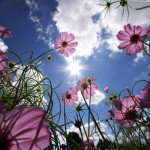 View in gallery
View in gallery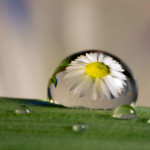 View in gallery
View in gallery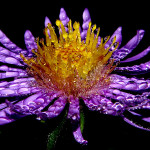
View in gallery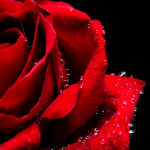 View in gallery
View in gallery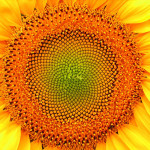 View in gallery
View in gallery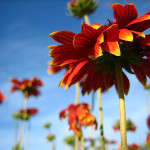
[image credits: alphageek, viamoi, jjjohn, brunociampi, unitopia, mightyboybrian]
How to Nail Summer Sports Photography
View in gallery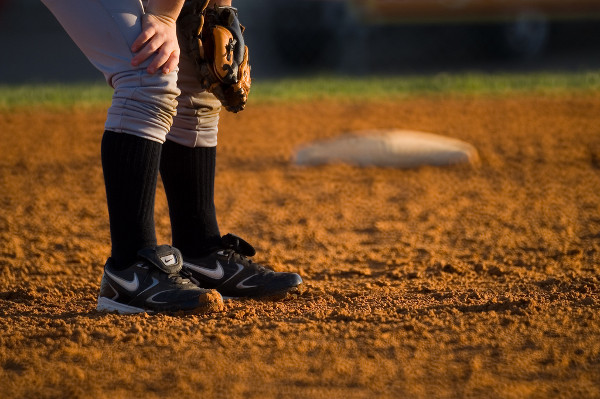
Summer is the time of hot dogs, bleacher seats, bad beer and great memories. If you’re a parent, it’s also the time of little league. Summer sports provide ample opportunities for great photography, the chance to capture the memories you’ll savor late in life. So when your son or daughter (or local sports celebrity) laces up their cleats for a day at the ball park, there are a few things you should know for how to nail the best photograph. And when it comes to sports photography, you’re going to need great light, a fast camera and a long-reaching lens.
Generally, both little league and major league baseball are played in the afternoons, and if you can wait for the 5:00 p.m. mark the lighting will be magical upon your subject. But the problem with sports photography is the absence of access for us amateurs. We can’t sit behind the batter when the pitch approaches home base, and we can’t follow the offense around the diamond. Since we can’t be there to chase the perfect shot, a telephoto lens is an absolute necessity.
Sure, with little league you don’t have to worry about getting thrown off the field if you’re a parent. If you’re lucky, you can get quite close to home plate and you can get a few meters away from the baseline beyond first and third. Use this access to frame an amazing shot as your son or daughter dives toward home plate. Stand beyond first base as they run their path around the diamond. The goal here is to use the easy access you have as a parent to take the right picture. But the ultimate rule will be to constantly snap your high-speed photos. Take as many as you possibly can, because you will find 10 gems out of 1000 photos when you’re ready to edit. In time, you’ll wind up with a great collection like the one below.
Sports Photography Gallery
View in gallery View in gallery
View in gallery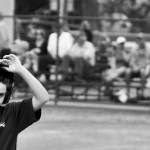 View in gallery
View in gallery
View in gallery View in gallery
View in gallery View in gallery
View in gallery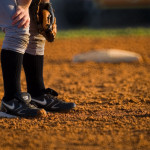
[image credits: imagesbywestfall, thesussman, stuseeger, electronicxx]
How to Nail Fireworks Photography
View in gallery
Most cameras, from your point-and-shoot pocket cam to your powerful DSLR, have the right tools to capture fireworks in all of their fiery glory. The problem is that fireworks, while bright, don’t provide enough instantaneous light to allow a photographer to capture a great image. Thus, a photographer needs two things to capture fireworks in full effect– a good tripod and a camera with an adjustable shutter speed.
Every DSLR on the market features a manually adjustable shutter speed, and most point-and-shoot digital cameras provide the same. When you’re setting a slow shutter speed, however, you’re going to need a tripod to balance the image. If you try this without a tripod, you’ll receive a blurry, shakey and nonsensical image that doesn’t reflect what you’re seeing with your own eyes. So you’ll need a steady tripod to capture fireworks in full effect, or you’ll at least need a solid object where you can place your camera and frame your shot.
For the shot above, by Sacha Fernandez, the shutter was open for a full 30 seconds before closing. You’ll likely need a DSLR for that length of exposure. With this exposure, the camera captured the firework shooting into the sky, the firework exploding and the plumes falling as the lights throughout the frame slowly burned into the image.
Fireworks Photography Gallery
View in gallery View in gallery
View in gallery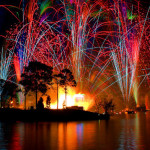 View in gallery
View in gallery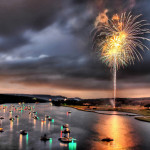
View in gallery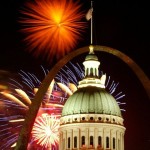 View in gallery
View in gallery View in gallery
View in gallery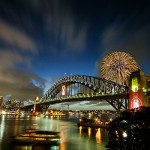
[image credits: expressmonorail, stuckincustoms, pixel_addict, bestrated1, sacharules]
How to Nail Summer Landscape Photography
View in gallery
Unlike the winter, the standard summer landscape is filled with lush green character and bright blue skies. Snow-covered fields present their own problems in photography, but nailing a great photo in the summer is a much easier prospect. So what tools and tips does one need to photograph a stunning landscape like the one above in Lake Como, Italy?
If you own a DSLR or a point-and-shoot digital camera, the tools available to you should suffice. If you really want to do the shot right, a variable focal length wide-angel lens will give you the width and zoom control needed to frame the perfect shot. The point is to allow as much space and light into your sensor as possible, and a good wide-angle lens will do the trick.
As for lighting, a flash doesn’t have much use here, as you’re dependent entirely on natural light. This leads a good photographer to aim for the “magic hours” of the day, the time near sunrise and sunset where light is most soft and genuine upon your subject. It is the time of day when everything looks its best, so it’s important for photographers to use this time to the best of their ability.
Landscape Photography Gallery
View in gallery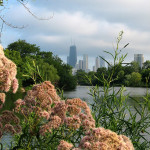 View in gallery
View in gallery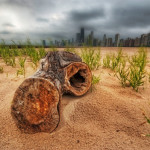 View in gallery
View in gallery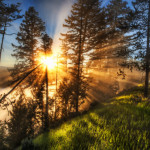
View in gallery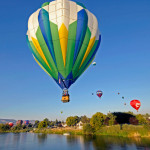 View in gallery
View in gallery View in gallery
View in gallery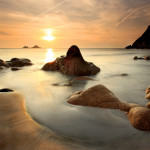
[image credits: slazebni, justinwkern, stuckincustoms, denemiles, collin_key, tonyarmstrong]
Good luck this summer, you growing photographer. We’re right beside you as we develop this great passion to document the beauty of the world in digital film. If you have a special technique, tip or photograph you’d like to share, we’d be thrilled to see it. Share your thoughts and photos in the comments below. We’re excited to see them!
